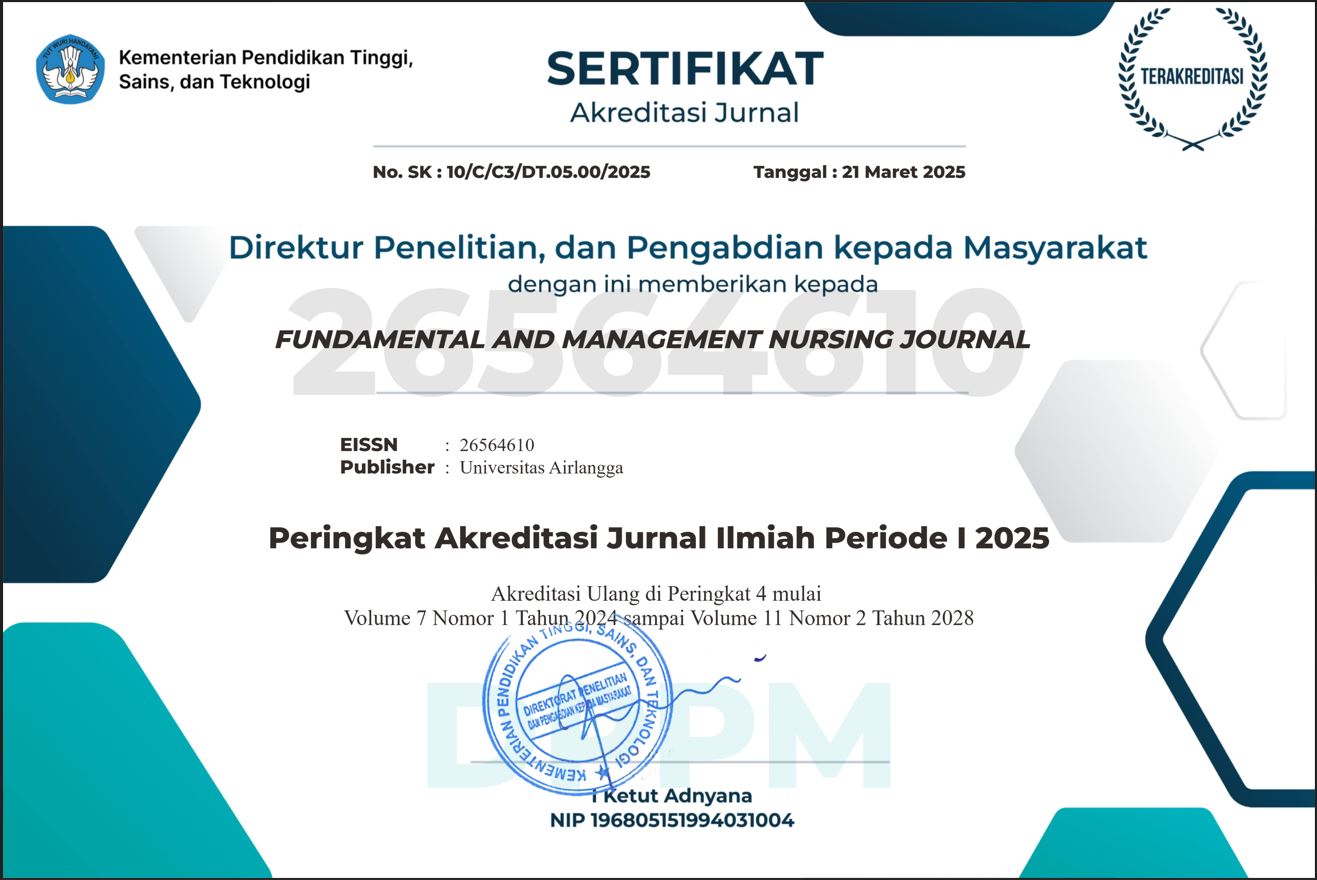Head Ward Nurse Core Competencies: A Mixed-Method Study
Introduction: Head ward nurse (HWN) is the one who, within a social and health care organization, plays a key role in the functioning of the ward, organizing work and that co-workers.This study aims to identify the HWN's core competencies, mapping and grading them according to the level considered most strategic and making them evident through the configuration of a conceptual map defined by the Balanced Scorecard (BSC) model.
Methods: This study was conducted in a mixed-method methodology, with a qualitative and quantitative exploratory sequential approach. In the quantitative part, by using the administration of surveys of consecutive convenience samples consisting in doctors, nurses, healthcare worker assistants and therapists staff from the surgical department of the Azienda Unità Sanitaria Locale (AUSL) of Piacenza Italy, 39% of the population of possible respondents for the qualitative part. Another sample of only nurses ward manager from surgery department of AUSL, which is the Local Health Authority of Piacenza, located in the Emilia-Romagna region of northern Italy. It was identified for the quantitative part, 100% of the population of possible respondents.
Results: The BSC makes it possible to identify, represent, and measure the performance of nurses especially with a view to enabling the attainment of skills deemed most significant, to be able to have a balance of them within the professional's portfolio, to ensure the presence of appropriate skills in care settings, and to be able to represent a graduation and eventual measurement of them.
Conclusions: The definition, mapping, graduation and representation of the core competencies of the HWN according to the BSC model, allow to make explicit the professional act in order to maintain or improve the exercised performances of the function as well as to lay the basis for their possible evaluation.
1. INTRODUCTION
The Head Ward Nurse (HWN) plays a central role in the functioning of a healthcare organization’s operating unit. They are responsible for organizing both their own work and that of their team members, ensuring the smooth delivery of care and services.The Ward Manager contributes to achieving corporate objectives by overseeing and coordinating activities across various domains, including organizational management, clinical and nursing care, staff training, and research.
Over the years, his role, has undergone an important evolution in terms of responsibilities, skills and training, requiring a post-basic course of study to obtain a university master's degree for the management of health-care professions. The HWN, take role through a mix of competencies, which can be understood as the set of behaviors, skills, knowledge, and abilities that a professional must have in order to play a certain role, as he can use them in a given context.
Its profile, is marked both by basic skills but also by so-called "core competences" that make the function competitive and infungible.(Klemp, 1980), proposed a list of skills that later found their properly definition in(Spencer & Spencer, 1993)(Spencer & Spencer, 1993). By the latter authors, competencies are described as a body of skills that are divided into two parts, the first identifies competence as an intrinsic characteristic of an individual causally related to excellent performance in a certain task while the second, lists its constituent factors and is defined as a set of motivations, traits, self-image, social roles, knowledge and skills.
The researchers, represented their competency model as an iceberg composed of both visible and measurable behaviors, skills and disciplinary knowledge and hidden competencies marked by motivation, traits and self-image. Operational skills, on the other hand, represent a body of technical skills related to knowhow. Skills are supported by training and experience related to technical scientific disciplines identified as “the knowledge”. Motivations, traits and self-image consist of relational, personal and intellectual qualities i.e., knowing how to be. Given the complexity of the role of HWN, it becomes preeminent to identify and map core competencies useful to formally represent the function, clarifying responsibilities, areas of action and that consequently can be subjected to measurement(Levati & Saraò, 2002). In order to map the competencies, it is necessary to define the role that people are expected to play, and it is composed of a set of objectives and outcomes that are realized through the identification of activities performed, actions and expected behaviors. To represent the activities required of a professional profile, it is considered useful to describe and structure them through job descriptions(Melnyk et al., 2014).
The latter, contribute to the theorization of distinctive competencies that could be systematized and represented through a conceptual model such as the balance scorecard(Norton et al., 2017). It is a management framework supporting planning and management that enables the translation of strategy into action by setting goals that lead to the identification of measurable indicators.
The balance scorecard (BSC), can thus be defined as a system for measuring perfomances with the purpose of organizing the activities of the enterprise by representing business objectives with indicators and conceptual maps. The BSC, is described as a strategic and integrated approach that aims at the measurement of business processes and performance, enabling the definition and representation of strategic choices from a comprehensive, systemic and holistic viewpoint that results in the Key Performance Areas (KPAs) related to specific indicators i.e. Key Performance Indicators (KPIs) with a strong immersion and enhancement of context.
The BSC, consists of four perspectives that are the financial perspective, the customer perspective, the internal process perspective and the learning perspective, represented through a strategy map. There are many experiences of the application of BSC in the health care context in organizational and budgettary settings(Broccardo, 2015)(Tommasetti & Cuccurullo, 2004), but few experiments in which it was useful for mapping the competencies of health care professionals(Berti & Mozzarelli, 2021). This study, aim to identify the core competencies of the HWN, mapping and grading them according to the level deemed most strategic and making them evident through the configuration of the conceptual map as indicated by the BSC model.
2. METHODS
This study was conducted in a mixed-method method, with a qualitative and quantitative exploratory sequential approach.
2.1 Quantitative Study
The quantitative part, involved the administration of a questionnaire with the purpose of stratifying the core competencies identified by the research team, asking respondents to rank them with respect to the level of importance deemed most congruous.
For the creation of the questionnaire, the research team, used a number of documents and experiences such as the theoretical model of Spencer and Spencer (1993), the distinctive competencies drawn from the conceptual system defined by the Hospital-University of Ferrara Italy (2010), the documents describing the evolution of nursing competencies (IPASVI 2015; Massai et al, 2007) and the professional profile of the coordinating nurse in the surgical department of the Piacenza AUSL (2020), which led to the definition of a series of distinctive competencies by crossing the description of the competency with the objectives of the competency (Table 1).
Table 1.Skills, objectives and expected behaviors
A consecutive convenience sample was identified in which recruitment took place through a communication by organization e-mail to the all potential participants, they were informed about the purposes of the research and how
Copyright (c) 2025 Fabio Mozzarelli

This work is licensed under a Creative Commons Attribution 4.0 International License.
1. The journal allows the author to hold the copyright of the article without restrictions.
2. The journal allows the author(s) to retain publishing rights without restrictions.
3. The legal formal aspect of journal publication accessibility refers to Creative Commons Attribution (CC BY).
















